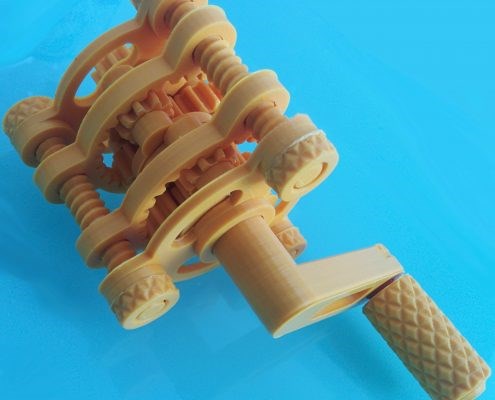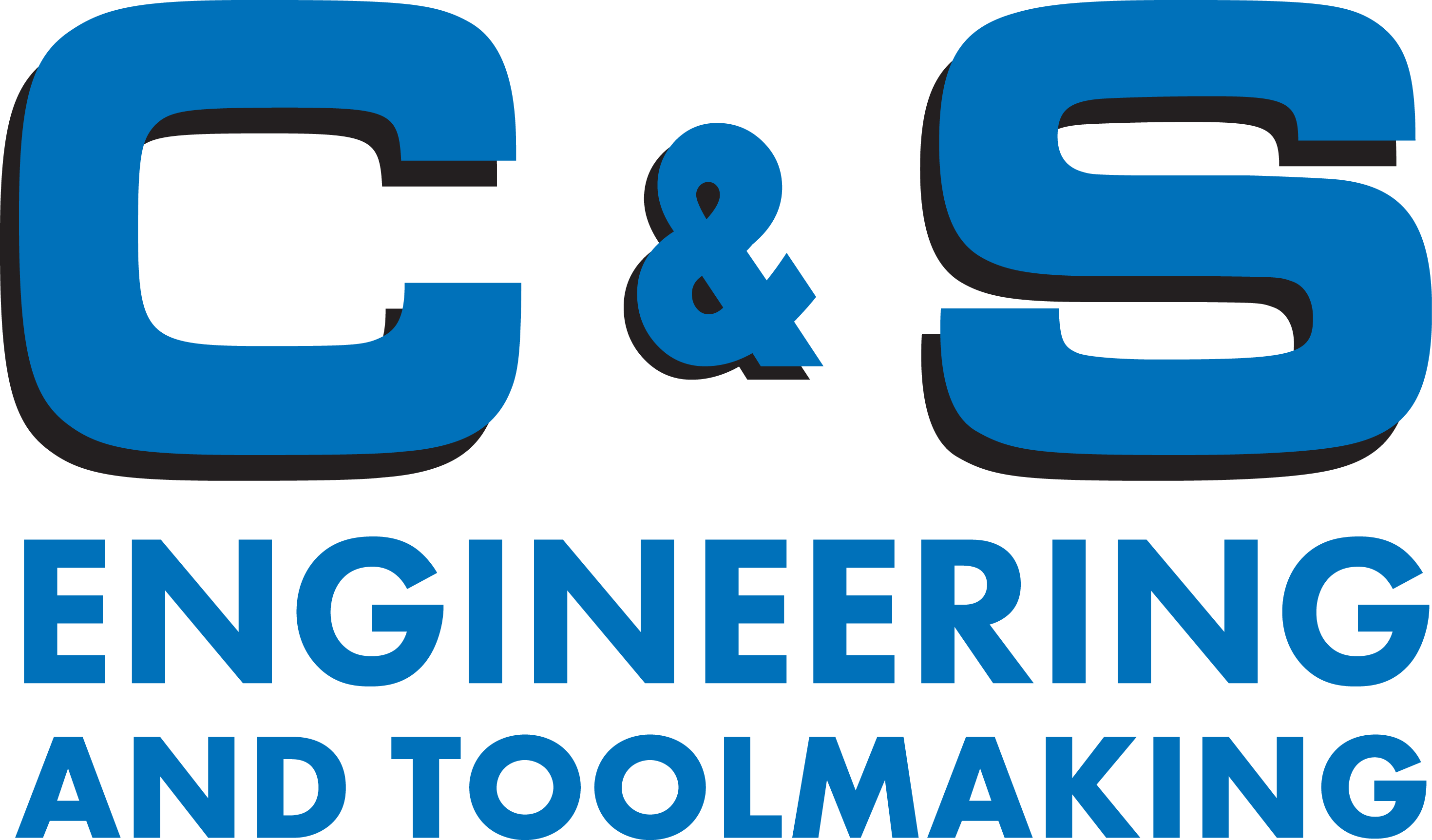How 3D Printing Works in Rapid Product Prototyping
3D printing is a revolutionary and increasingly prevalent means of transforming a design into an object. With this process, a design is first created using a 3D modeling application, and then the object is produced by what is known as an additive process. The 3D printer lays down successive layers of a material—which might be plastic, metal, ceramic, or one of myriad other media depending on the object being produced—until the model is completed. A 3D scanner may also be used to produce a copy of an existing object.
At C&S Engineering and Toolmaking during our prototyping process, we utilize 3D printing equipment to transform a 3D CAD file into a sample or test part in a matter of hours.
If a picture is worth 1,000 words, a prototype is worth 10,000—and this is especially valuable for entrepreneurs and startups!
The C $ S Engineering and Toolmaking 3D Printing or Rapid Prototyping Process
The layering process used in 3D modeling is often referred to as additive manufacturing owing to the manner in which the final product is produced. This controlled process makes use of computer-aided manufacturing software and a moveable platform to construct a model comprised of multiple layers of a thermoplastic medium. Transforming a design into a 3D model involves multiple stages:
- First, computer-aided design (CAD) software is used to create a virtual design
- The CAD model is then converted into STL (stereolithography) file format, enabling it to be read by the additive manufacturing system
- The design in the STL file is converted into “slices,” or thin layers, that will combine to form the finished product
- The modeling equipment translates each of these “slices” into a thermoplastic layer
- Once the model is completed, it is removed, cleaned, and prepared for the client
Some amount of post-printing processing is required to transform the raw 3D printed object into a finished product. For example, an object may need to be trimmed, sanded, or painted before it is considered complete. These finishing steps are vital components of determining the viability of a product—that is, verifying the design, testing product tolerance, and assuring what manufacturers refer to as “FFF,” or “form, fit, and function.”
Bring Your New Product Idea to Life
C&S Engineering and Toolmaking rapid prototyping services are an invaluable resource for creators of all types, be they inventors, entrepreneurs, small businesses, startups, or large corporations. Rapid prototyping can be used during the testing phases of product development to identify and rectify design errors before large-scale manufacturing takes place, thus eliminating the potential for costly production mistakes. This process can also help to produce the most viable product possible by enabling you to test variant product designs, decrease product complexity, and increase product lifetime. Yet another benefit of rapid prototyping is the reality that no “tooling cost” is involved in developing a prototype. In other words, with 3D printing, no physical mold is required—the “mold” is the virtual design. Rapid prototyping can thus dramatically decrease your development timeline while increasing the quality of your product, yielding substantial time and money saved.
C&S Engineering and Toolmaking prototyping specializes in designing and creating new products in the areas of concept design engineering, design for manufacturability, prototype development, production, and marketing presentations. C and S is also able to provide information on patent protection and intellectual property services.


